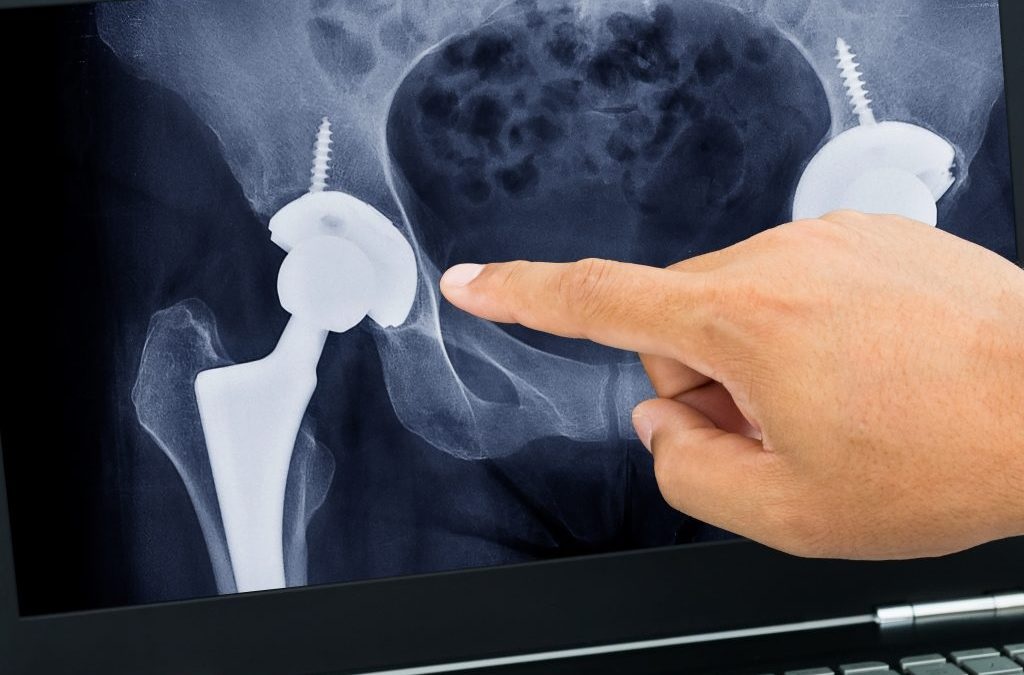A hip joint that has been damaged or becomes ill is replaced with an artificial joint during hip replacement surgery (ผ่าตัดเปลี่ยนข้อสะโพกเทียม, which is the term in Thai), sometimes referred to as total hip arthroplasty. People with severe hip arthritis or other disorders that damage the hip joint frequently have this operation to relieve pain, restore function, and enhance quality of life.
Everything you need to know about hip replacement surgery, including its advantages, hazards, and healing time, will be covered in this article.
What Is Surgery For A Hip Replacement?
The injured or diseased hip joint is removed during hip replacement surgery, and is then replaced with an artificial joint consisting of metal, plastic, or ceramic. Under general anaesthesia, the procedure typically takes 1-2 hours to complete.
The damaged bone and cartilage are then taken out through an incision made on the hip’s side by the surgeon. The artificial joint parts are then implanted into the hip bone and fixed in place with cement or screws. The replacement joint restores function to the hip joint and enables pain-free, fluid mobility.
Hip Replacement Surgery Advantages
Several advantages of hip replacement surgery for patients include:
- Pain Relief: Hip replacement surgery can assist in reducing the chronic pain brought on by severe hip arthritis or other hip disorders.
- Better Quality Of Life: Patients who have hip replacement surgery can resume their regular activities and experience an improvement in their quality of life.
- Joint That Lasts Longer: Depending on the patient’s age and amount of activity, the prosthetic joint used in hip replacement surgery may last 10 to 20 years or longer.
Risks Of Hip Replacement Surgery
Hip replacement surgery has some dangers, just like any other type of surgery. These may consist of:
- Infection: There is a chance of infection at the operation site, which could necessitate extra care.
- Blood Clots: Following surgery, blood clots can form in the legs and move to the lungs, which can be fatal.
- Dislocation: If the patient moves the new hip joint in specific ways, it could become dislocated.
- Loosening: The artificial joint could grow loose over time, necessitating more surgery to replace it.
Recovery From Hip Replacement Surgery
Patients must adhere to a specified rehabilitation schedule to guarantee a successful recovery after hip replacement surgery, which can take many months to recover from. This could entail activities to increase the hip joint’s range of motion and strength as well as physical therapy and pain management.
Patients may feel some discomfort and agony while recovering, which can be controlled with painkillers. To prevent harming the new hip joint, they will also need to refrain from engaging in specific activities like heavy lifting or high-impact exercises.
Conclusion
Patients with severe hip arthritis or other hip issues may find great benefits from hip replacement surgery, which is a routine operation. Despite some dangers, for the majority of people, the advantages of the procedure frequently outweigh the disadvantages. Consult your doctor if you’re thinking about getting a hip replacement to see if it’s the best option for you.




